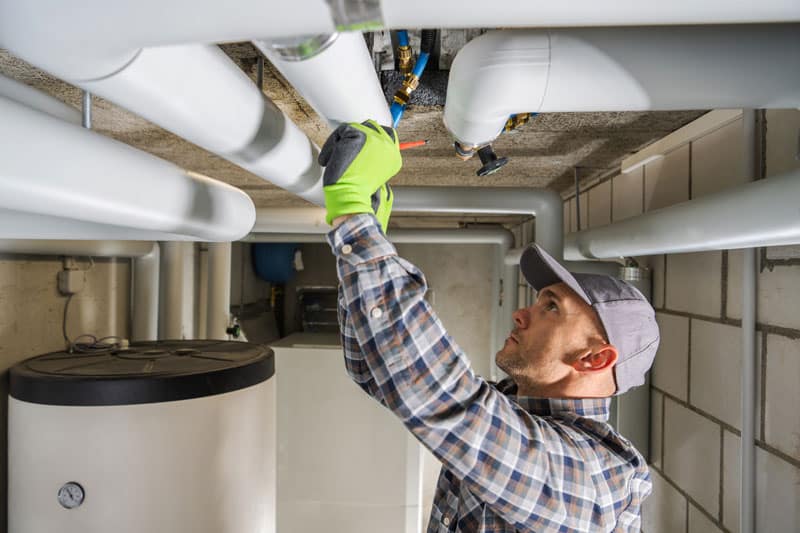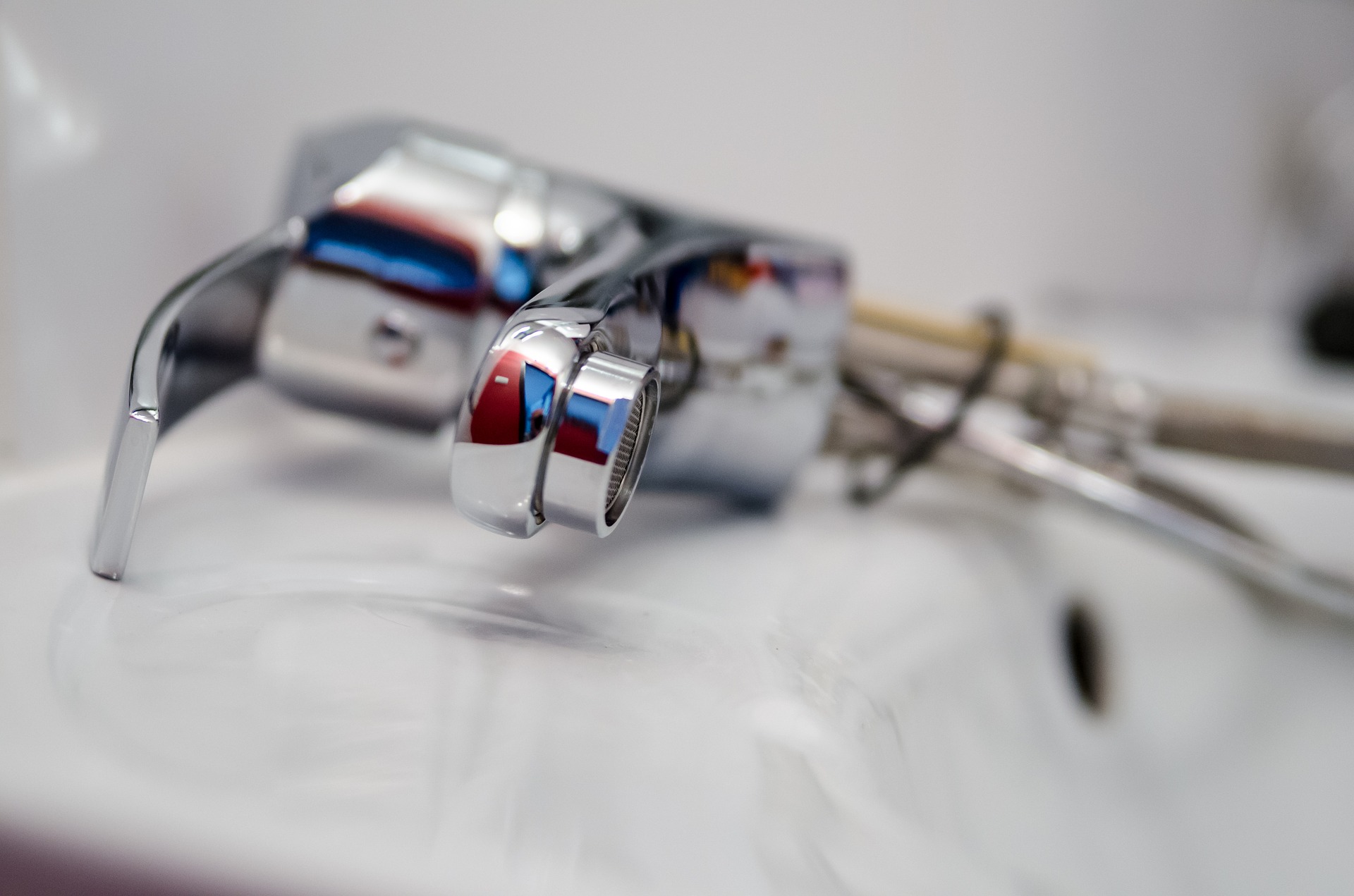Getting the ABCs of Home Plumbing: A Beginner's Overview
Getting the ABCs of Home Plumbing: A Beginner's Overview
Blog Article
We have encountered this post on How Does the Plumbing Work in Your Home? listed below on the internet and felt it made sense to discuss it with you on this site.

Plumbing is an essential facet of any kind of home, responsible for providing clean water for drinking, food preparation, and showering, in addition to getting rid of wastewater securely. Comprehending the essentials of home plumbing is important for every homeowner to make sure proper upkeep, troubleshooting, and, if necessary, fixings. In this beginner's overview, we'll cover the fundamental concepts of home plumbing to help you become a lot more acquainted with just how it works.
Supply Of Water System
The supply of water system brings tidy water right into your home from a community water resource or an exclusive well. It contains a primary water line that links to your home's plumbing system, generally situated underground. A water meter measures the quantity of water taken in, while a shut-off valve enables you to regulate the flow of water right into your home.
Plumbing Components
Plumbing fixtures are tools that supply water to various parts of your home and consist of sinks, taps, commodes, showers, bathtubs, and home appliances such as dishwashing machines and cleaning machines. Each fixture is connected to the water system through pipes and fittings and may have its shut-off valve for upkeep or emergency situations.
Water Heating System
The water furnace is responsible for heating water for residential use, consisting of bathing, cooking, and cleansing. Common kinds of water heaters include tank-type water heaters, tankless (on-demand) water heaters, and heatpump water heaters. The water heater is attached to the water supply system and supplies hot water to plumbing components as needed.
Drainage System
The drain system gets rid of wastewater from your home and carries it away to a sewer therapy center or septic system. It includes a network of pipes, installations, and components that transfer wastewater from plumbing fixtures to the main drain line or septic tank. Proper drainage is essential to avoid clogs, back-ups, and sewage leaks.
Air flow System
The air flow system assists keep proper atmospheric pressure and protect against drain gases from entering your home. Air vent pipelines, also known as vent stacks, prolong from plumbing components to the roofing system, permitting sewer gases to leave safely outside. Air flow pipes additionally enable air to get in the water drainage system, assisting in smooth wastewater flow and stopping suction or vacuum effects.
Typical Plumbing Devices
Having the right tools handy is vital for executing fundamental plumbing repairs and upkeep jobs. Typical plumbing devices consist of flexible wrenches, pipe wrenches, pliers, pipeline cutters, hacksaws, plungers, augers (or drain snakes), and Teflon tape. Having these devices readily available can aid you deal with minor plumbing problems effectively.
Basic Plumbing Fixings
While some plumbing repairs might need expert aid, numerous typical issues can be addressed with basic do it yourself strategies. Learning exactly how to fix a dripping tap, unblock a drain, change a commode flapper, or fix a leaking showerhead can save you time and money on plumbing repairs.
Final thought
Understanding the essentials of home plumbing is vital for every house owner to maintain a secure, useful, and efficient plumbing system. By acquainting yourself with the water supply system, plumbing fixtures, water drainage system, ventilation system, typical plumbing tools, and basic fixings, you can with confidence attend to minor plumbing concerns and guarantee your home's plumbing system runs efficiently.
Plumbing for Beginners: A Comprehensive Guide
If you’re a beginner when it comes to plumbing, don’t worry; you’re not alone. Plumbing may seem intimidating, but with the right knowledge and a little practice, you can handle many common plumbing issues on your own. In this comprehensive guide, we will demystify the world of plumbing for beginners, providing you with the basic knowledge and skills needed to tackle common plumbing problems and even take on some DIY plumbing projects.
The Importance of Basic Plumbing Knowledge for Beginners:
First and foremost, basic plumbing knowledge gives you a solid foundation. It helps you grasp the key concepts and terminology that are essential in this field. By learning the basics, you’ll be able to build upon that knowledge and tackle more complex plumbing tasks in the future.
Having a basic understanding of plumbing also enables you to handle common issues that may arise in your home. Picture this: a leaky faucet or a clogged drain. With some basic plumbing knowledge, you’ll have the confidence to troubleshoot and fix these problems on your own. It saves you from unnecessary expenses and the hassle of waiting for a professional to arrive.
As a beginner, learning the basics of plumbing empowers you to take care of your own home. It gives you a sense of independence and self-reliance. You’ll no longer have to rely solely on professionals for every small issue that pops up. Instead, you can handle many tasks yourself, saving time and money in the process.
Remember, everyone starts as a beginner. Embrace the learning process and take small steps to expand your plumbing knowledge. There are plenty of online resources, tutorials, and even local workshops that talk about plumbing for beginners.
Essential Tools for Plumbing for Beginners
As you start your plumbing journey, having the right tools in your toolbox is crucial. Let’s explore some of the must-have tools:
Adjustable Wrench:
This versatile tool is a staple in any plumber’s toolbox. It allows you to tighten or loosen nuts and bolts of various sizes. Make sure to have an adjustable wrench with a comfortable grip.
Pipe Wrench:
A pipe wrench is specifically designed for gripping and turning pipes. It has serrated jaws that provide a strong grip, making it easier to loosen or tighten threaded pipes and fittings.
Plunger:
The plunger is a simple yet effective tool for clearing clogged drains and toilets. It creates suction when you push and pull, helping to dislodge blockages. Keep a good-quality plunger handy for those unexpected clogs.
Pipe Cutter:
When it comes to cutting pipes, a pipe cutter is your go-to tool. It creates clean, precise cuts without damaging the pipe. Look for a pipe cutter that can handle the pipe sizes you’re working with.
Hacksaw:
A hacksaw is useful for cutting through pipes, screws, and other materials. It’s a versatile tool that can handle different cutting tasks. Remember to use a blade suitable for cutting metal.
Tape Measure:
Accurate measurements are crucial in plumbing. A tape measure allows you to measure pipe lengths, distances, and dimensions accurately. Opt for a sturdy tape measure that extends a good length.
Pliers:
Pliers come in handy for various tasks, such as gripping, bending, and cutting. Slip-joint pliers with adjustable jaws are great for gripping pipes, nuts, and bolts.

I'm very inquisitive about Understanding the Basics of Your Home's Plumbing System and I am praying you liked the entire blog post. Do you know another individual who is in to the subject? Feel free to share it. I praise you for your time. Come back soon.
Click Here Report this page